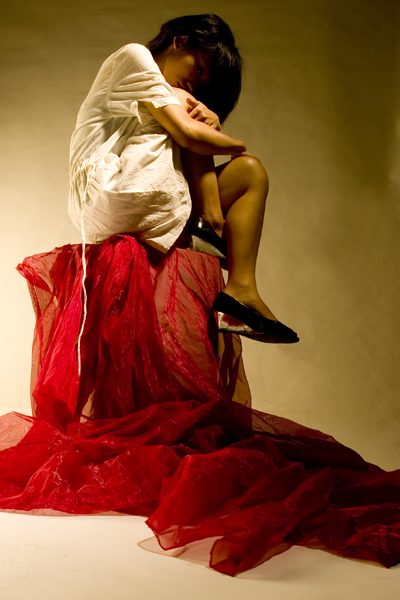
There is no just description of uterine pain, no words that can adequately express its fury, although something like a star collapsing into a black hole in the center of your lower abdomen (and taking your emotional stability along with it) might come close. Even so, I have and will always love cramps. They are a part of the bond of sisterhood, a part of the pain of being a woman that we wear with maternal pride.
From a young age, women find synchronicity with their female friends, undulating in moon cycles with the group of women they gather with most. Whether it’s with family, teammates, coworkers or friends, we seem to have made a biological promise to go through this together. We’ll always lend a stranger a tampon, refill our friend’s hot water bottle or, in the case of New York Assemblymember Linda B. Rosenthal, fight to add dysmenorrhea — the medical name for menstrual cramps — to the list of conditions that qualify someone for a medical marijuana prescription.
On Tuesday, June 6, her bill, Assembly Bill 582, was approved in a 21-2 vote by the Health Committee and is headed to the Assembly floor next week, after which it would still need to be passed by the New York Senate and signed by Governor Andrew Cuomo. If it is successful, the bill would dramatically increase the number of potential medical marijuana patients in New York.
According to a 2012 study performed at the Azienda Ospedaliero Universitaria Policlinico in Italy, cramps affect 84 percent of women, and 55 percent of women need medication to treat menstrual pain (this being the most commonly understood definition of dysmenorrhea). For 25 percent, the cramps hurt so badly as to result in absenteeism from work. In New York, this means approximately 2 million women could qualify for medical cannabis.
But Rosenthal argues the bill is also an important step forward in an oft-overlooked women’s medical rights issue. Maybe it’s because we’re so used to cramps as a society, or because women are so good at masking the pain, but menstrual rights in America frequently seem less pressing than, say, closing the pay gap or ensuring access to birth control. But finding ways to keep women feeling good and going to work is not just of medical value but economic and cultural value, especially when it comes to closing the pay gap or creating equal opportunity in the workplace (and beyond).
The bill couldn’t have sprung from a more fitting champion — Rosenthal is a heralded advocate of women’s issues. In January the Assemblymember led busloads of women from her district in the Upper West Side to protest at the Women’s March on Washington. In May she unveiled a trio of bills to increase access to feminine hygiene products for vulnerable women across New York.
She talks about AB 582 as an important part of her legislative portfolio, saying in an interview with Newsweek, “I thought this was a great opportunity to create an impact … and help women access something new that can help relieve what cripples some of them during that time of the month.”
In a more political justification for the bill, she writes: “Not only will [adding dysmenorrhea to the list of conditions for which a doctor may authorize medical marijuana use] improve women’s wellness and productivity during menstruation, but it will also advance New York State in one of the country’s fastest-growing industries.”
If Rosenthal is successful in adding menstrual cramps to the list (currently limited to the treatment of chronic and life-threatening conditions like cancer, HIV infection or epilepsy, for example) it would be the first inclusion of the condition on such a list anywhere in the country. Other states, like California and Colorado, provide access to uterine-specific medicines through vague clauses that make room for “other sorts of conditions” but don’t specifically address cramps.
Like many conditions, dysmenorrhea is excluded either by oversight or there is a lack of scientific evidence to support the efficacy of cannabis in treating the condition. In some ways this is a valid concern: Marijuana has not been shown to aid in restoring normal hormone levels, the most often hypothesized cause of premenstrual symptoms.
Nonetheless, it may treat some of the symptoms and is well-known to relieve associated conditions, such as headaches and anxiety. And, in a 2003 article in the journal Clinical Rehabilitation, pain relief associated with both THC and CBD was significantly superior to placebo in treating menstruation-associated conditions like bladder control, muscle spasms and spasticity.
Whether or not science says marijuana works, I, along with most of those with a menstrual cycle, will testify that it does, untying the physical and mental knots we find in the pit of our stomachs and souls each and every month. Not that we don’t appreciate the glory that is shedding a uterine lining and the womanness it defines, but if there’s something out there that can help make it a little less painful for 84 percent of us, then it’s probably something worth fighting for.














